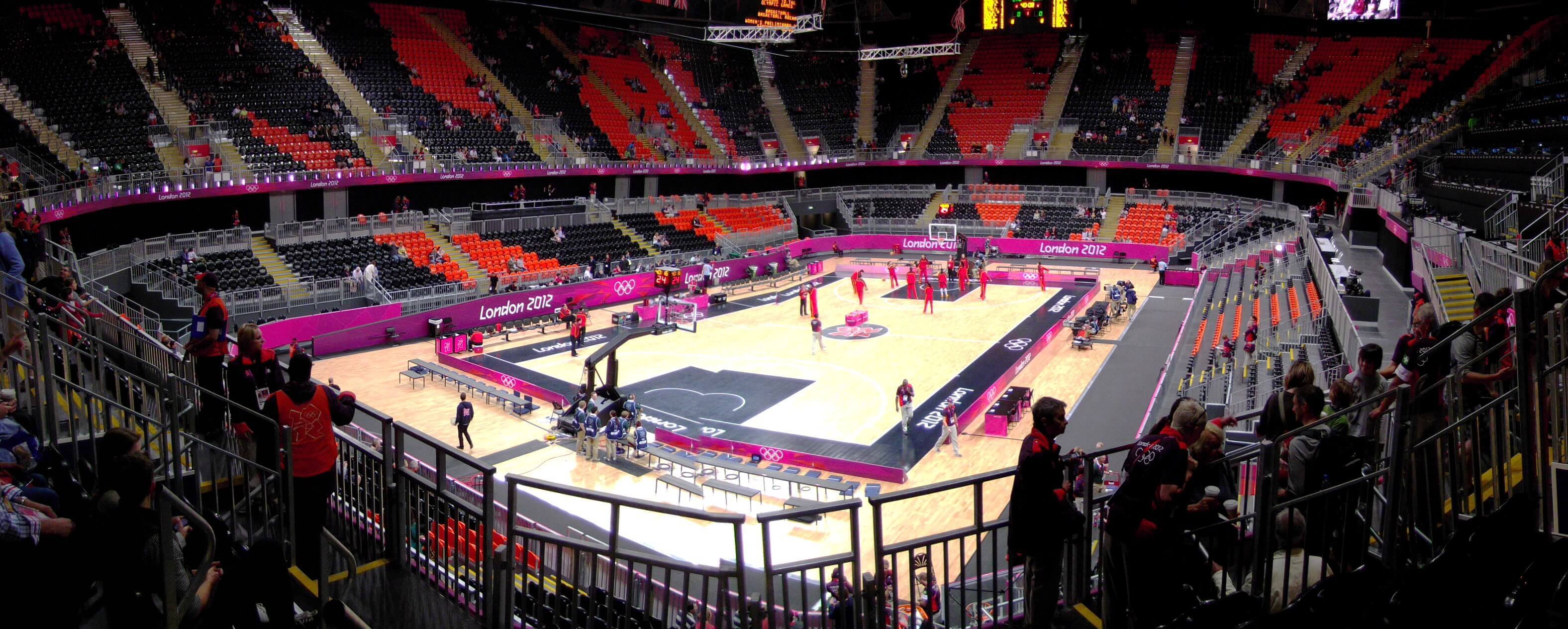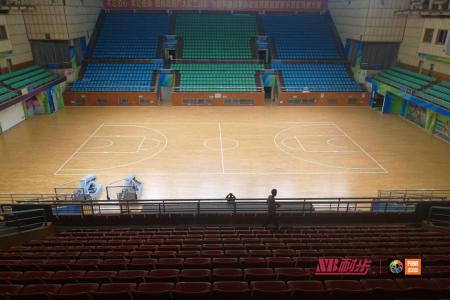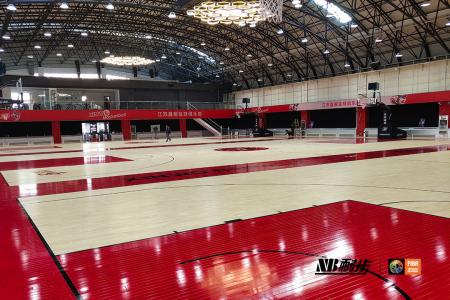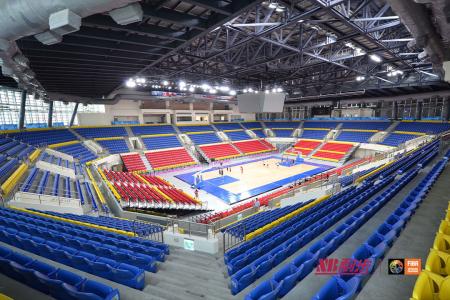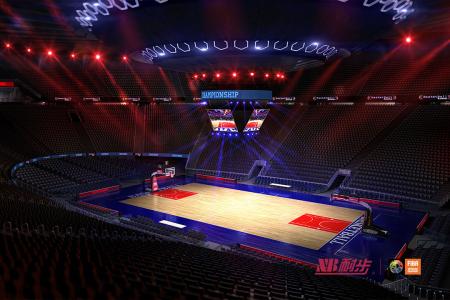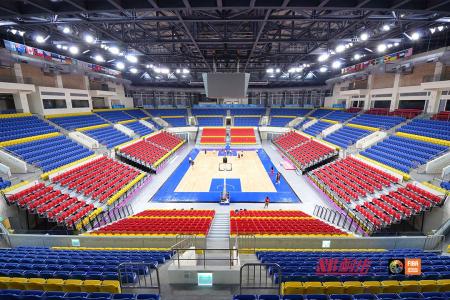If you've installed a solid wood sports floor and find that there are bumps and lifts in the middle, you're not alone. The actual wood floor is raised in the middle, unfortunately a relatively common problem. Often, the root of the problem is the initial installation of solid wood sports floors.
As you know, wood is a completely natural product and therefore expands and contracts with changes in atmospheric conditions. It is for this reason that sports solid wood floors need to expand the gap. If hardwood floors don't have expansion gaps, sometimes serious problems can arise.
When there is a place with high humidity in the air, the sports solid wood floor will absorb the moisture, and then when the humidity in the atmosphere drops again, the floor will let the moisture disappear. When humidity is high, wood expands. Low or reduced humidity causes the wood to shrink again. This expansion and contraction process is completely normal for hardwood floors.
In a centrally heated environment, floor expansion and seasons vary. In winter, when you switch central heating, wood floors lose moisture and shrink. The result is often slight gaps between the boards. During the warmer months, when the heat is turned off, the wood will expand again. This is caused by rising moisture in the air that is absorbed by the floor.
When this happens, if there are any gaps in winter, they will most likely disappear. This natural process of expansion and contraction is unlikely to cause any damage or distortion to a sports hardwood floor, as long as it has been installed well with the necessary expansion clearance.
If your sports hardwood floors are having problems with bulges, it is possible that the expansion clearance required during your floor installation was insufficient. To illustrate, when a floor expands and touches a wall or door frame (called a "pinch point" in the trade), the board is stressed, causing it to rise. This could be the reason why your sports hardwood floors swell and lift in the middle.

